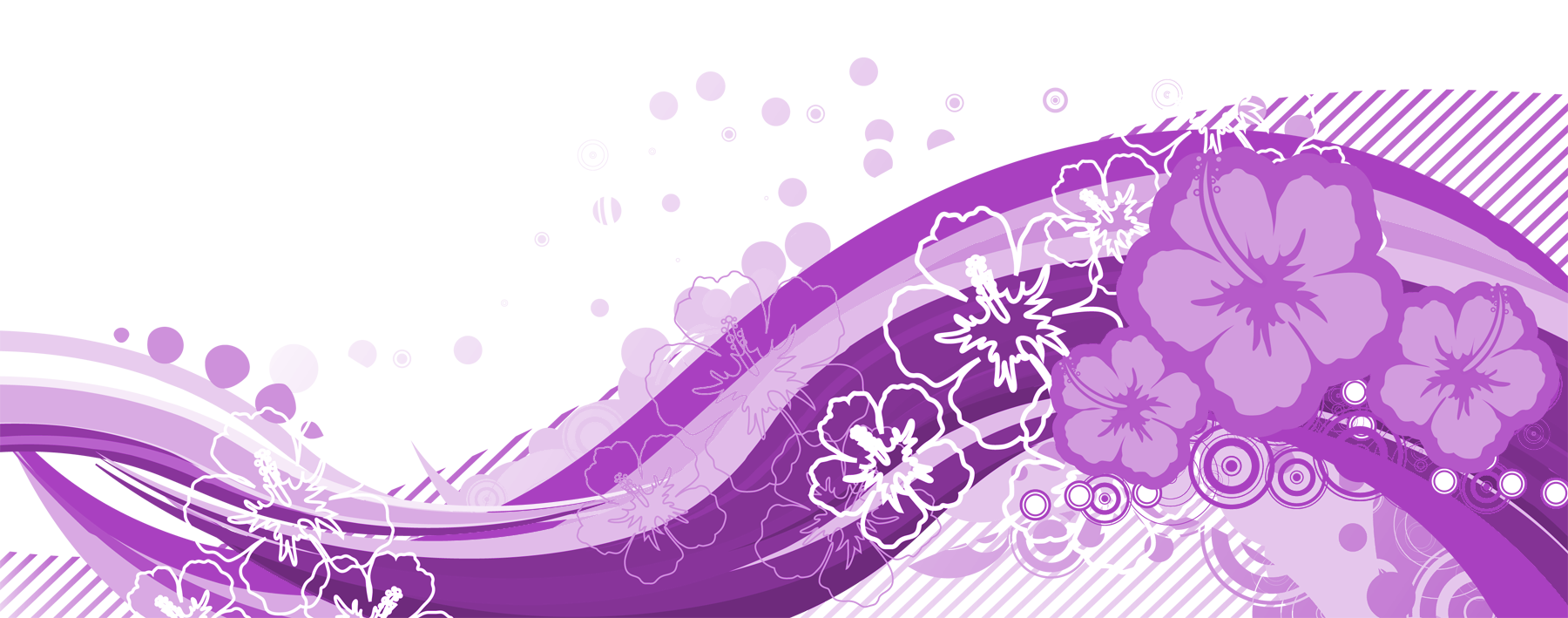Hypertensive retinopathy is damage to the retina (the light-sensitive layer at the back of the eye) caused by hypertension, or high blood pressure. Hypertension damages the small blood vessels in the retina, causing their walls to thicken, which decreases the amount of blood that can flow through them. Patches of the retina may become damaged due to this inadequacy of blood flow.

What are the risk factors?
Risk factors for high blood pressure, and thus hypertensive retinopathy, include a high salt diet, obesity, tobacco use, alcohol use, stress, and family history. You can reduce your risk by leading a healthy lifestyle with regular diet and exercise. Routine blood pressure monitoring and medical treatment will prevent hypertensive retinopathy from developing.
Diagnostic Procedures
Fluorescein angiography (FA) can be useful in detecting signs of the disease. FA is when your ophthalmologist uses a special camera to take pictures of the back of your eye. These pictures help the doctor see whether there are any abnormalities in your ocular blood vessels.
Prognosis
Patients with severe hypertensive retinopathy are at increased risk for heart disease and stroke. These patients are also at risk for blood vessel blockage in the eye. These symptoms may cause a long-term reduction in your vision.
If you have high blood pressure, DON’T WAIT! Call (716) 839-9009 to schedule an appointment with Saralyn Notaro Rietz, your Back of the Eye MD! She has over 20 years of experience diagnosing and treating diseases of the retina.






